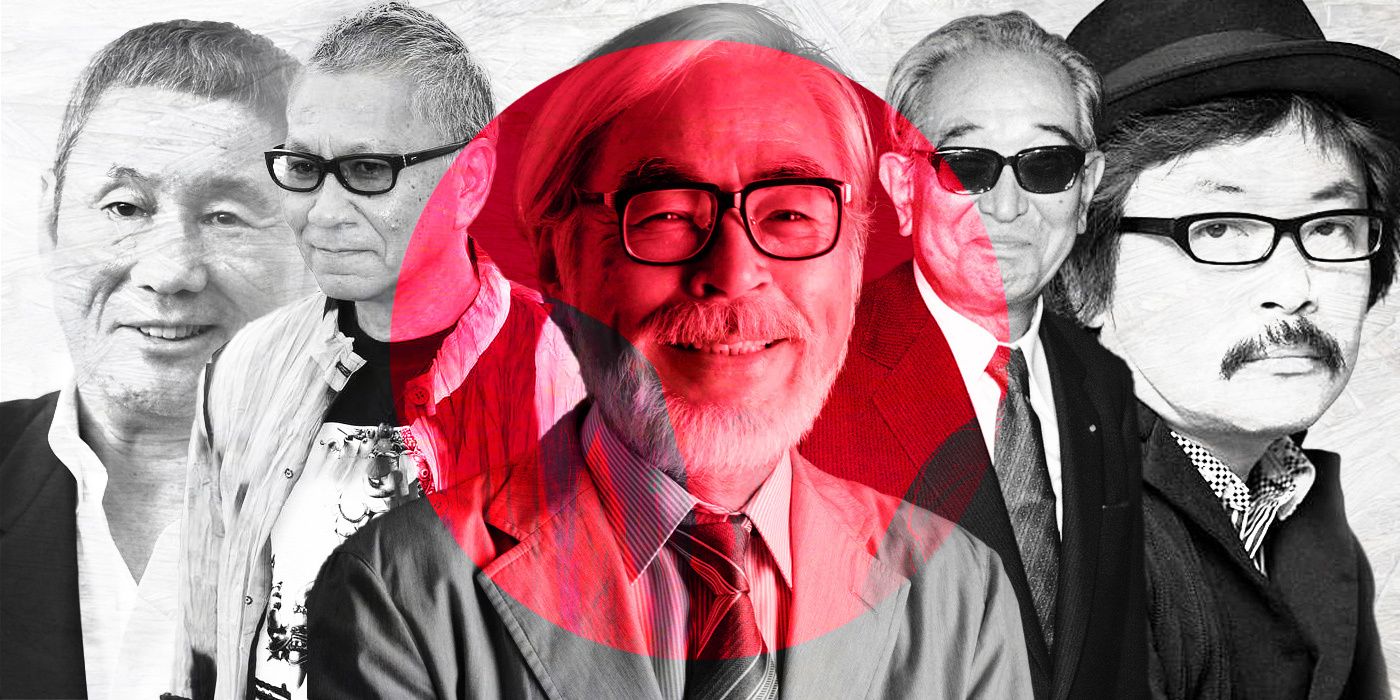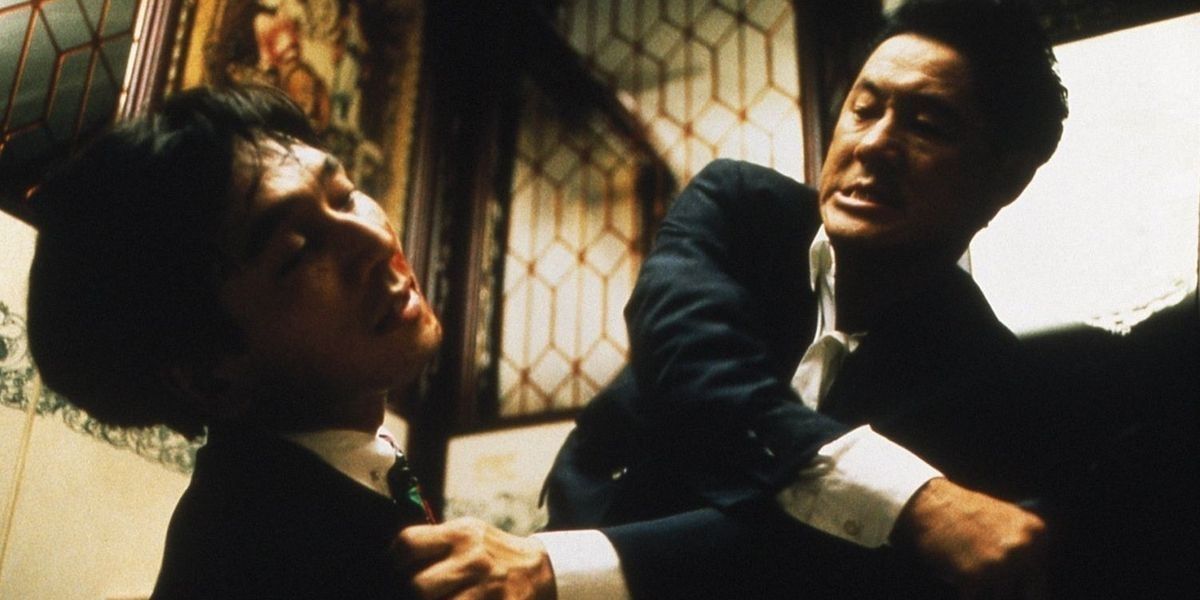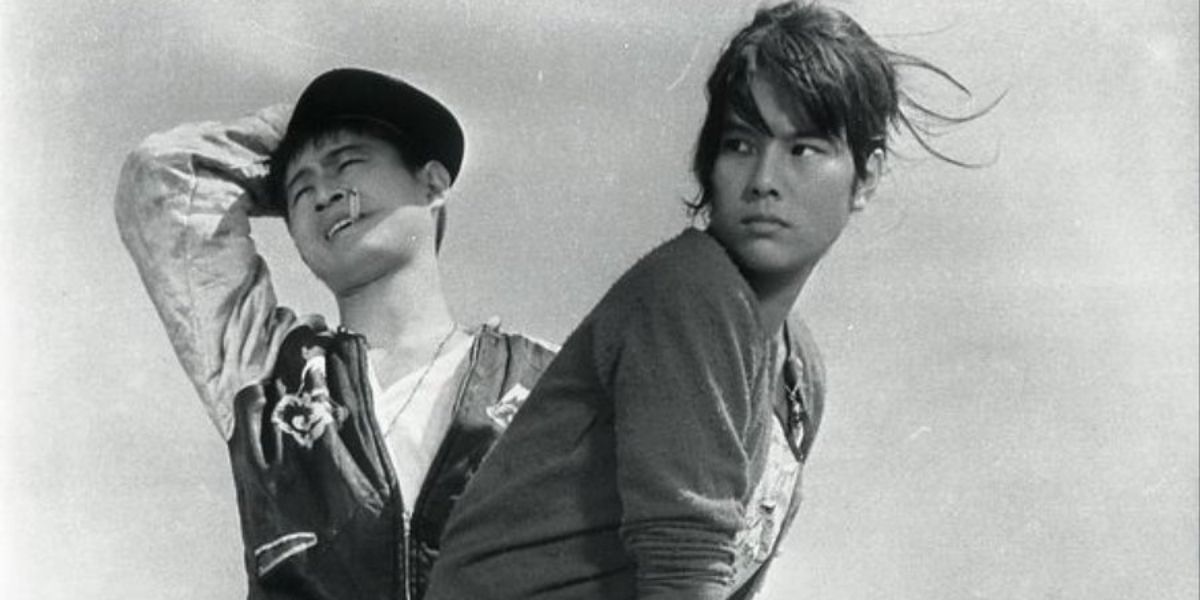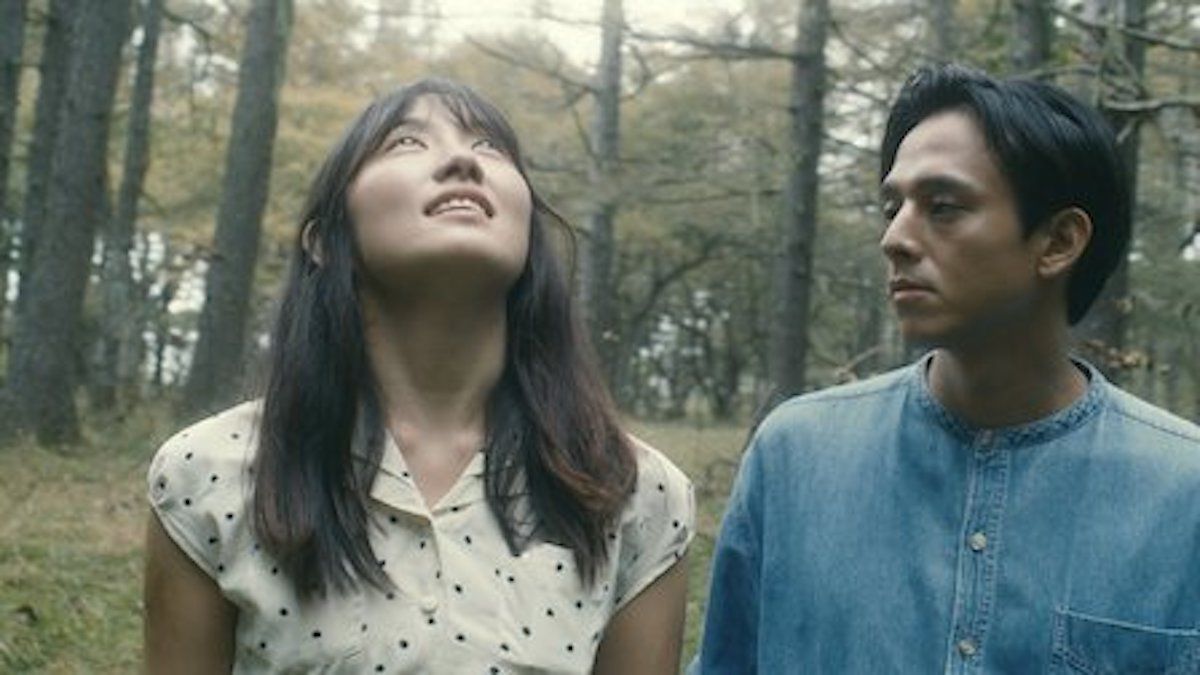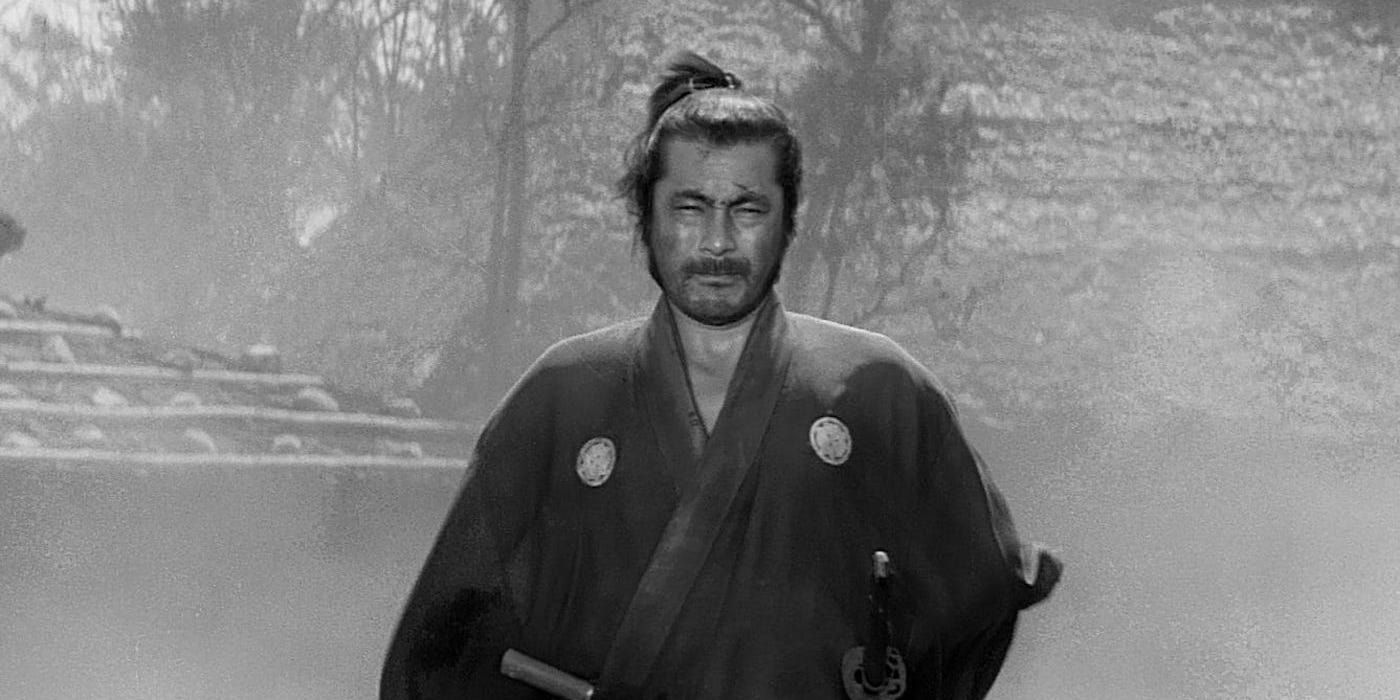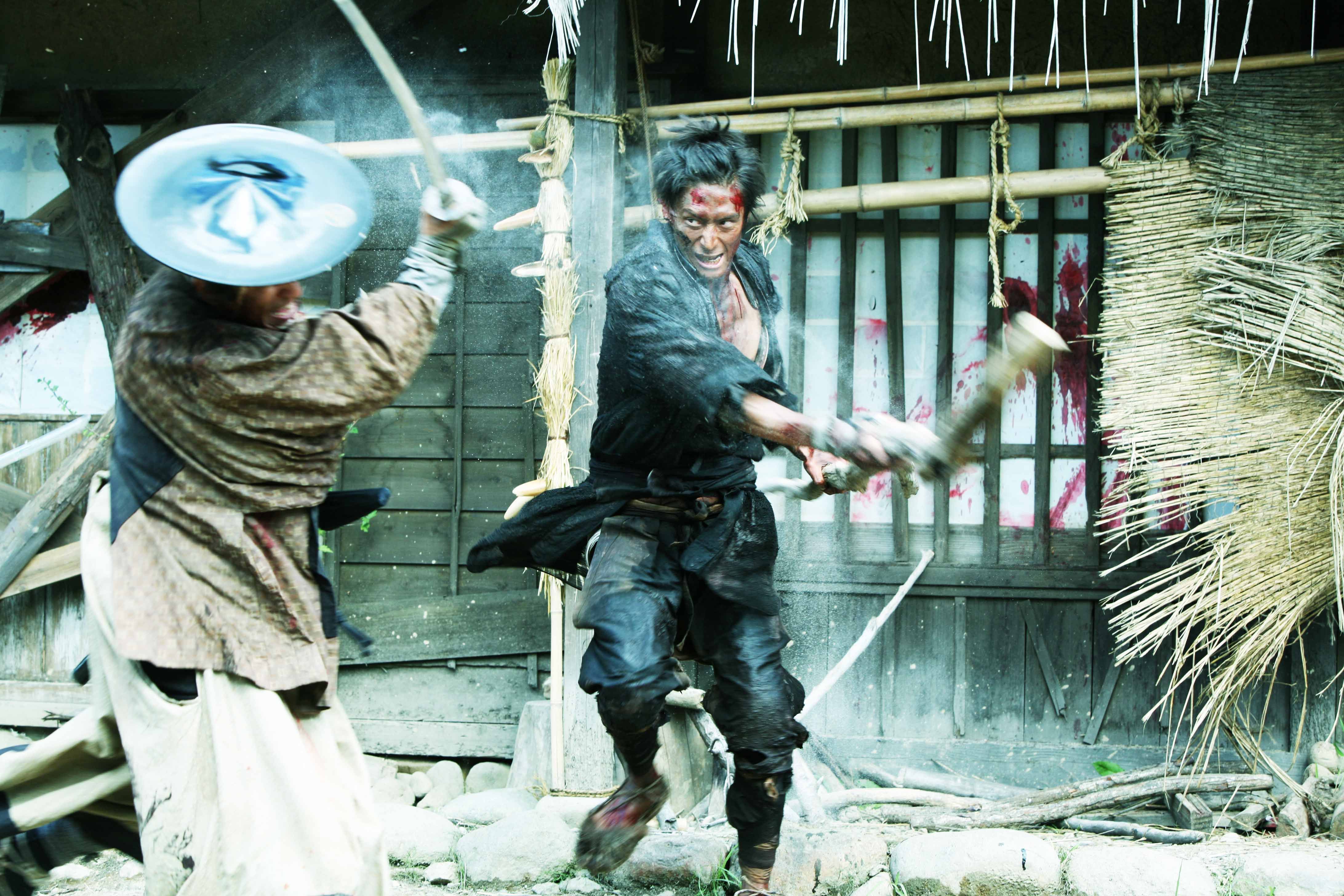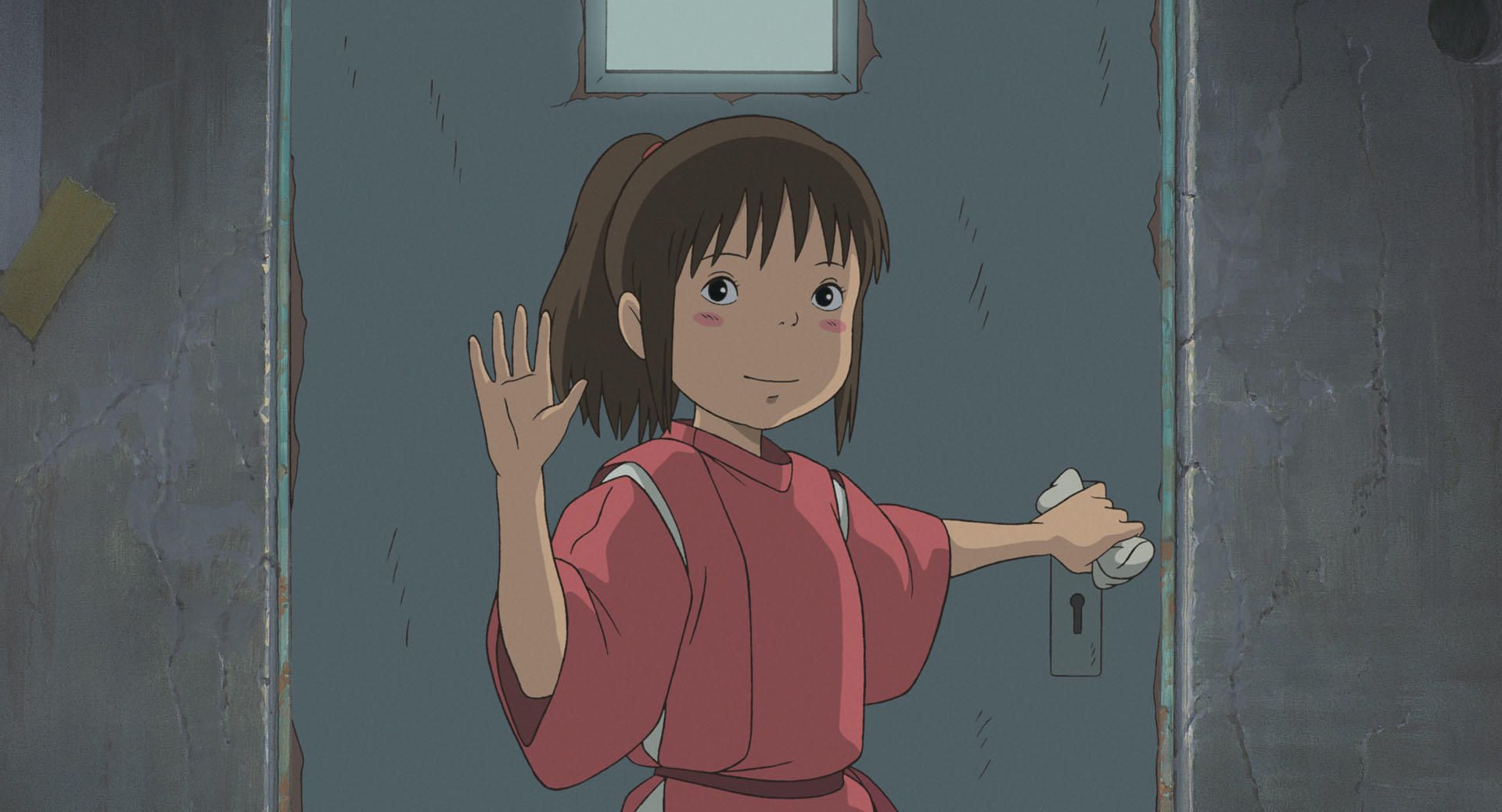With a filmmaking tradition that stretches back to the invention of the medium, Japanese artists were quick to adopt the cinematic art form. Like most storytellers at the inception of movie-making, they used cameras to capture their oldest and most popular parables. As time passed, auteurs arose in the region, giving way to a plethora of unique styles not found anywhere else in the world. These styles add to the rich tapestry of tales woven into the silver screen. In the following list, we’ll highlight more than a couple of Japanese filmmakers who’ve proven to be an essential part of this country’s artistic heritage.
‘Beat’ Takeshi Kitano
Starting out his career as a part of a salacious comedic duo, Two Beat, which is also a source of his nickname, ‘Beat’ Takeshi Kitano made his mark on Japanese culture long before moving to film. Responsible for the hit television show Takeshi’s Castle, Kitano would inspire a whole new format of game show mimicked all around the globe. However, it’s when he sets his sights through the viewfinder of a camera that Kitano’s deep artistic talents come into focus. You would think with a funny past like Kitano’s it would lead the director into solely working within the genre of comedy, but that’s where you’d be wrong.
Though he’s made a few inspiring tales along the way, Kitano has become known for his violent gritty crime movies. A common theme of nihilism haunts Kitano’s main characters as they stumble their way around a morally gray world. All of them are painfully aware of the chaos that envelopes them and forces the regrettable choices that will set them on the path toward their fateful end. In spite of the harsh realities Kitano confronts, this director is able to imbue a divine sense of ambivalence into the heart of his movies. Essential viewing for the uninitiated includes Sonatine, Hana-bi, the Outrage trilogy, and Brother.
Shohei Imamura
The only Japanese director to win the Palme d’Or at the Cannes Film Festival twice, Shohei Imamura is a master of his craft. Imamura broke into the filmmaking scene with a generation of Japanese creatives dubbed by critics as the Japanese New Wave. Unique among his peers for his chosen subject, Imamura has always had an eye out for those trapped in the lowest rung of society. With Pigs and Battleships and The Ballad of Narayama being prime examples of the kinds of stories Imamura sought to tell. His desire to break conventions and reject the traditions established by his cinematic predecessors motivated the director to push his films into the messier parts of Japanese life. Imamura doesn’t shy away from locking his camera on the deeper questions of existence and invites the viewer on a journey to explore with him what makes a human, a human.
Sion Sono
Embracing the spectacle of cinema, Sion Sono is not afraid to go big with his films. And when we say big, we mean a supersized, all-out, stylized, madcap, mind-boggling, over-the-top extravaganza. Even with all of those descriptors, we’ve only captured a fraction of Sono’s imagination on screen. Mixing elements of high art with absurd characters, Sono builds worlds unlike any Japanese filmmaker before him which is why he made the list. Sono has even been able to bridge the gap into American audiences with his most recent work, Prisoners of the Ghostland, which features Nicolas Cage in the lead role. For a taste of what makes this director’s vision so unique, simply watch a trailer for one of his films and you’ll soon be mesmerized by Sono’s subversive, violent, and playful stories.
Akira Kurosawa
The all-time great when it comes to samurai movies, Akira Kurosawa has built an exemplary body of work from looking into Japan’s rich past. With a few films set in the modern world, like High and Low and The Bad Sleep Well, which are both riveting dramas, Kurosawa is far from a one-trick pony. He shows throughout his filmography that any subject he turns his camera onto will germinate into something profound with his direction. If you’re looking for where to start, we’d recommend a marathon of his best samurai flicks, Yojimbo, Rashomon, and Seven Samurai, followed by the poetic beauty of Ikiru. These works of art will entice you to seek out more, as well as highlight Kurosawa's long-time acting collaborator, Toshiro Mifune, who is a Japanese national treasure in his own right.
Takashi Miike
Rambunctious, eccentric, and an all-around gore-fest, Takashi Miike’s films are not for the faint of stomach. However, Miike’s ability to conjure unsettling but eye-catching imagery makes every one of his movies an unforgettable viewing. Though he’s garnered international attention within the past two decades for his period action dramas, 13 Assassins and Hara-kiri: Death of a Samurai, Miike has had a long-time cult following for his work in the horror genre. Jaw-dropping to say the least, Audition and Ichi the Killer will push all your boundaries past their limits. As is a theme in his body of work, Miike is always attempting to get something progressively more horrific past the censors with every new piece. Whether that’ll produce a compelling story, we’re unsure, but what is certain is that it will create images never before captured on the big screen.
Yasujiro Ozu
Preferring to paint a beautiful landscape rather than ravage it like some directors on this list, Yasujiro Ozu finds pleasure in simplicity. The oldest of the group of filmmakers we’ve chosen to profile and one of Japan’s first globally recognized auteurs, Ozu became known for his depictions of modern Japanese life (modern for him was the 1940s, 50s, and 60s). His films captured the challenges Japanese traditions faced in everyday households as they adapted to contemporary life. Ozu’s ability to find poetry within complex family dramas set him apart from his peers and sealed his place in international cinematic history. To introduce yourself to this director’s intimate eye for beauty, try A Story of Floating Weeds, Late Spring, or his most famous Tokyo Story.
Hayao Miyazaki
Very likely to be the most well-known artist on this list, Hayao Miyazaki has spent decades honing his skills and transporting the world’s audiences into astounding one-of-a-kind animations. This director made his first big impact at the box office with his direction of Nausicaa of the Valley of the Wind, a movie adaptation of the popular manga of the same name.
Filling his stories with hopeful underdogs, Miyazaki is interested in the resilience of the human spirit in the face of adversity. A beautiful sentiment that’s embodied in how Miyazaki resolves conflicts within his stories. Whether it’s warming the heart of dragon henchmen to remind him of the life he once lived as a river spirit, or hugging an embittered old witch on the edge of a cliff to rescue the heart of your true love; Miyazaki wants to cement into the collective consciousness that compassion and empathy are our greatest weapons against evil. Not a single bad work of art has come from this master’s direction, and we encourage you to dive deep into Miyazaki's entire filmography. Let his positive outlook refresh your being.

